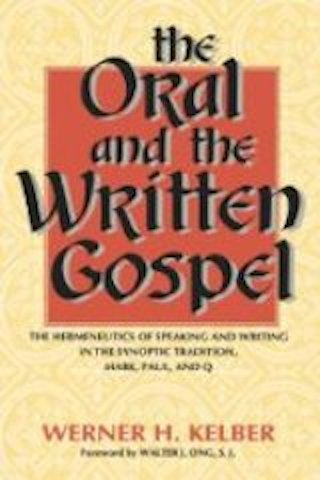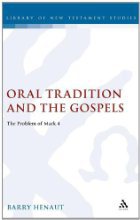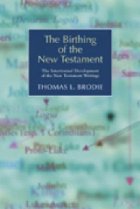I’m posting here just one more detail from Barry Henaut’s disagreement with Werner Kelber’s argument that our earliest gospel, the Gospel of Mark, originated as an attempt to capture stories that came to the author via oral traditions. After this we will dive more deeply into the question of oral traditions being the source of the canonical narratives. All posts in this series are archived here.
Connectives
Kelber confidently assures us that there can be little doubt that oral heritage lies behind the short stories that are stitched together in the first thirteen chapters of Mark to give us a life of Jesus.
The many stories are linked together by stereotypical connective devices:
- pleonastic archesthai [=began] with infinitive verbs, preferably of action (2.23; 6.7; 11:15, etc. [=’began to make their way’; ‘began to send forth’; ‘began to cast out’]) and speaking (1:45; 8:31; 14:69; etc. [=’began to proclaim’; ‘began to teach’; ‘began to say’]),
- the adverbial euthys and kai euthys (1:29; 3:6; 6:54; etc. [=’immediately’, ‘and immediately’]),
- the iterative palin and kai palin [=’again’, ‘and again’], preferably with verbs of movement (2:1; 7:31; 14:40; etc.) and speaking (4:1; 10:1, 10; etc.),
- the formulaic kai ginetai or kai egeneto [=’and it came to pass’] (1:9; 2:15, 23; etc.), and abundant use of paratactic kai [=’and’] (9:2; 11:20; 15:42; etc.).
These connectives are for the most part derived from the oral repertoire of the gospel’s primary building blocks. (Kelber, The Oral and Written Gospel, p. 65, formatting and bolding mine in all quotes)
These connectives serve to link the different stories into a chronological sequence and build a sense of urgency as the narrative proceeds. Continue reading “Is the Gospel of Mark’s Syntax Evidence of Oral Tradition?”



